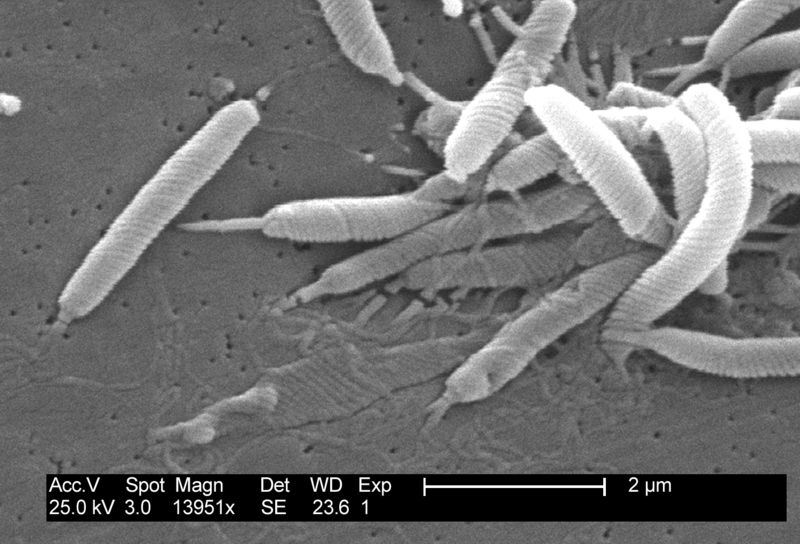This week, two studies published in the journal Science found evidence from bugs that live inside our guts and the words that come out of our mouths, that both shed light on how ancient human ancestors migrated out of Asia and spread across the far reaches of the Pacific Ocean, a subject that has kept archaeologists scratching their heads for decades.
 Yoshan Moodley from the Max-Planck-Institut für Infektionsbiologie in Germany led a team of researchers who collected samples of gut bacteria called Helicobacter pylori from aboriginals living in Taiwan, Australia, Papua New Guinea, and New Caledonia.
Yoshan Moodley from the Max-Planck-Institut für Infektionsbiologie in Germany led a team of researchers who collected samples of gut bacteria called Helicobacter pylori from aboriginals living in Taiwan, Australia, Papua New Guinea, and New Caledonia.
These parasitic bacteria live inside the guts of around half the world's population who don't have access to modern medicines and can cause stomach ulcers. These bacteria are only found inside human beings, and so we think our ancestors carried them with them around the globe, the bacteria mutating and evolving into different strains along the way.
By sequencing the DNA of these gut bacteria, Moodley and his team discovered two new strains. The first one, called hp-sahul, they think split off from Asian ancestors around 30 thousand years ago probably when people migrated down through Indonesia, which back then when sea levels were lower and there was a land bridge to Australia and New Guinea, which together formed a single land mass known as Sahul.
A second strain of the bacteria, called hp-maori, was carried inside human hosts from Taiwan around 5 thousand years ago in a second wave of colonisation first to the Philippines then further south to Polynesia and New Zealand.
A Taiwanese origin of many Pacific tribes is also the conclusion reached by another group of researchers who studied languages. For a long time languages have been used to help unpick the past, because, rather like mutating bacteria, languages also change over time, and can be used to trace the relationships between groups of people in different parts of the world.
Russell Gray from the University of Auckland in New Zealand and his team analysed the relationships between 400 Austronesian languages spoken by tribes across the Pacific, focusing on patterns of similar words called cognates.
Cognates crop up in different languages where they sound similar and are thought to have a common origin. Take the word star in English, which is stella in Italian, sterna in German, ster in Dutch, estrella in Spanish, and so on suggesting a common link between these languages.
It took huge computing power to make thousands of comparisons between all the languages, and in doing so they found yet more evidence of a great southerly migration from Taiwan around 5 millennia ago that took place in fits and starts, probably as people developed better boats and colonised more and more distant clusters of islands.
It is amazing to think that there are messages from the past still hidden inside us - both in the words we speak and in the bugs that live in our stomachs.









Comments
Add a comment